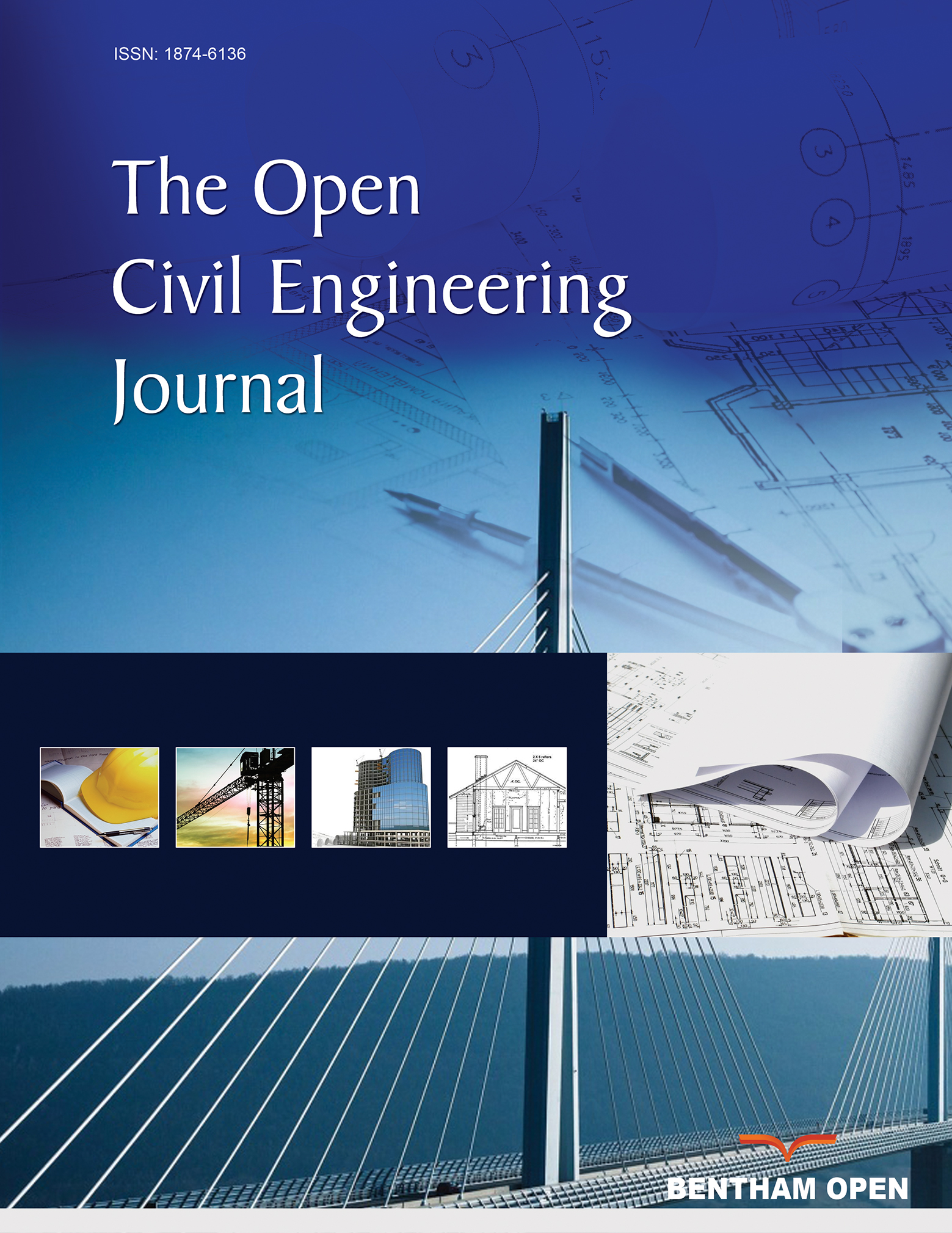All published articles of this journal are available on ScienceDirect.
Properties of Sustainable Concrete with Mussel Shell Waste Powder
Abstract
Background:
The management of marine waste is a major concern in several countries. Recycling shell waste in concrete formulations may be one of the alternatives for producing sustainable materials at a lower cost.
Objective:
In this research paper, the performance of ground mussel waste for non-structural concrete formulation has been investigated.
Methods:
Two alternatives were explored in this research. The first aimed at incorporating treated Mussel Powder (MP) for partial substitution of cement (6, 12, and 24% by weight). The second aimed to investigate the feasibility of using MP as an additive with a proportion of 3, 6, 9 and 12% by weight of cement. Physico-mechanical properties of advanced composites have been studied in both fresh and hardened state through several laboratory tests.
Results:
The test results indicated that the inclusion of the MP allowed the formulation of concretes with normal density and lower air content. The mechanical behavior was characterized using new formulas adapted to the newly formulated concretes. Based on the obtained results, the treated MP could be used as a cement substitute with a proportion up to 12% or as a mineral additive with a percentage of 3% to produce a non-structural concrete that meets the normative requirements in terms of compressive and tensile strength.
Conclusion:
The recycling of mussel waste in concrete will contribute to the preservation of the environment by reducing the quantity of shellfish waste. The concept of “green” concrete can be achieved through the use of the formulated concretes in the paving works or as a blinding concrete.


